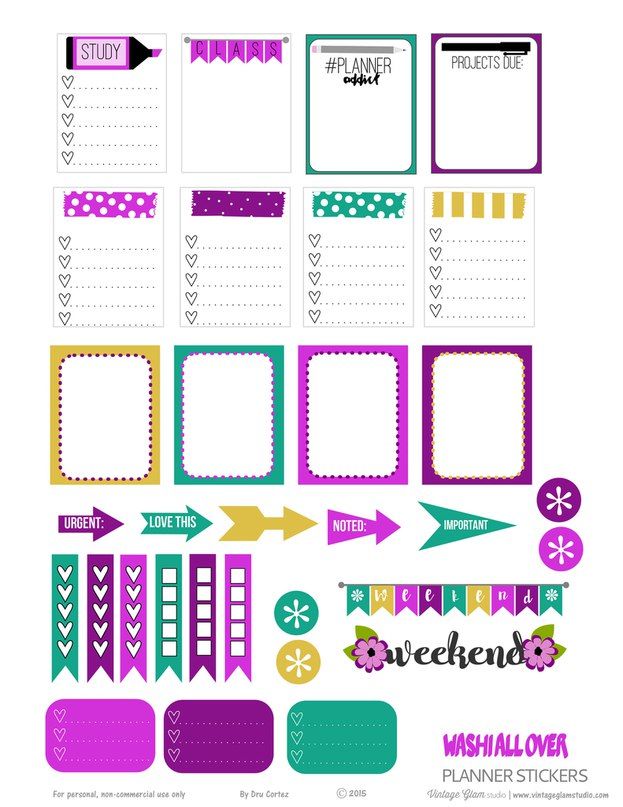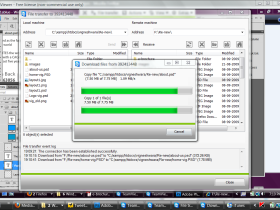- The Evolution of Planners From ancient civilizations to modern societies, the need to manage time efficiently has been a constant. The evolution of planners mirrors humanity’s quest for better organization and productivity. Early planners were rudimentary, consisting of simple calendars etched on stone or written on papyrus. As societies advanced, so did the complexity and utility of planners. Today, planners come in various forms, from traditional paper agendas to digital apps equipped with advanced features like reminders, goal tracking, and synchronization across devices.
- The Purpose of Planners At its core, a planner serves as a tool for time management and organization. It helps individuals plan and schedule tasks, appointments, and events, ensuring that no important deadlines are missed and priorities are effectively managed. Beyond mere scheduling, planners also facilitate goal setting and progress tracking, providing a framework for individuals to align their daily activities with their long-term aspirations. Moreover, planners serve as repositories of valuable information, storing contacts, notes, and ideas in one accessible location.
- Choosing the Right Planner Selecting the appropriate planner is crucial for maximizing its utility and effectiveness. Factors such as personal preferences, lifestyle, and organizational needs play a significant role in this decision-making process. Some individuals prefer the tactile experience of writing on paper, opting for traditional planners with monthly, weekly, and daily layouts. Others gravitate towards digital planners for their convenience and versatility, allowing for easy editing, sharing, and integration with other digital tools. Ultimately, the ideal planner is one that seamlessly integrates into an individual’s routine and enhances their productivity.
- Maximizing Planner Efficiency Merely owning a planner does not guarantee improved time management. To derive maximum benefit, individuals must adopt effective planning habits and strategies. This includes regular review and updating of the planner, setting realistic goals and deadlines, prioritizing tasks based on importance and urgency, and allocating time for both work and leisure activities. Furthermore, leveraging the features and functionalities of the chosen planner, such as setting reminders, categorizing tasks, and utilizing productivity techniques like the Pomodoro method, can significantly enhance efficiency and productivity.
Title: The Ultimate Guide to Planner Mastery: Harnessing Time for Success
- Unveiling the History of Planners Planners have undergone a remarkable evolution, tracing back to ancient civilizations’ rudimentary time-tracking methods. The journey from primitive calendars to today’s sophisticated digital planners showcases humanity’s relentless pursuit of better organization and productivity. Modern planners, whether in traditional paper form or digital incarnations, offer a plethora of features to aid individuals in managing their time effectively and achieving their goals.
- Understanding the Essence of Planners At its essence, a planner serves as a beacon of organization in the chaotic seas of daily life. It empowers individuals to take control of their schedules, ensuring that no task is overlooked and no deadline missed. Beyond scheduling, planners facilitate goal setting and progress tracking, guiding individuals towards their aspirations. They serve as repositories of valuable information, housing contacts, notes, and ideas, thereby streamlining workflow and enhancing productivity.
- Navigating the Planner Landscape Choosing the right planner is a pivotal step towards mastering time management. Whether opting for the tactile satisfaction of pen on paper or the digital convenience of apps, individuals must consider their unique preferences and needs. Traditional planners offer a tangible connection to one’s plans, while digital counterparts provide flexibility and integration with other tools. The key lies in finding a planner that seamlessly integrates into one’s routine, fostering productivity and efficiency.
- Unlocking Planner Potential Possessing a planner is merely the first step towards effective time management; utilizing it to its fullest potential is where true mastery lies. Cultivating habits such as regular review and goal setting, prioritizing tasks, and leveraging planner features like reminders and categorization are essential for maximizing efficiency. By embracing these practices and harnessing the capabilities of their chosen planner, individuals can pave the way for success in both their personal and professional endeavors.




Leave a Reply